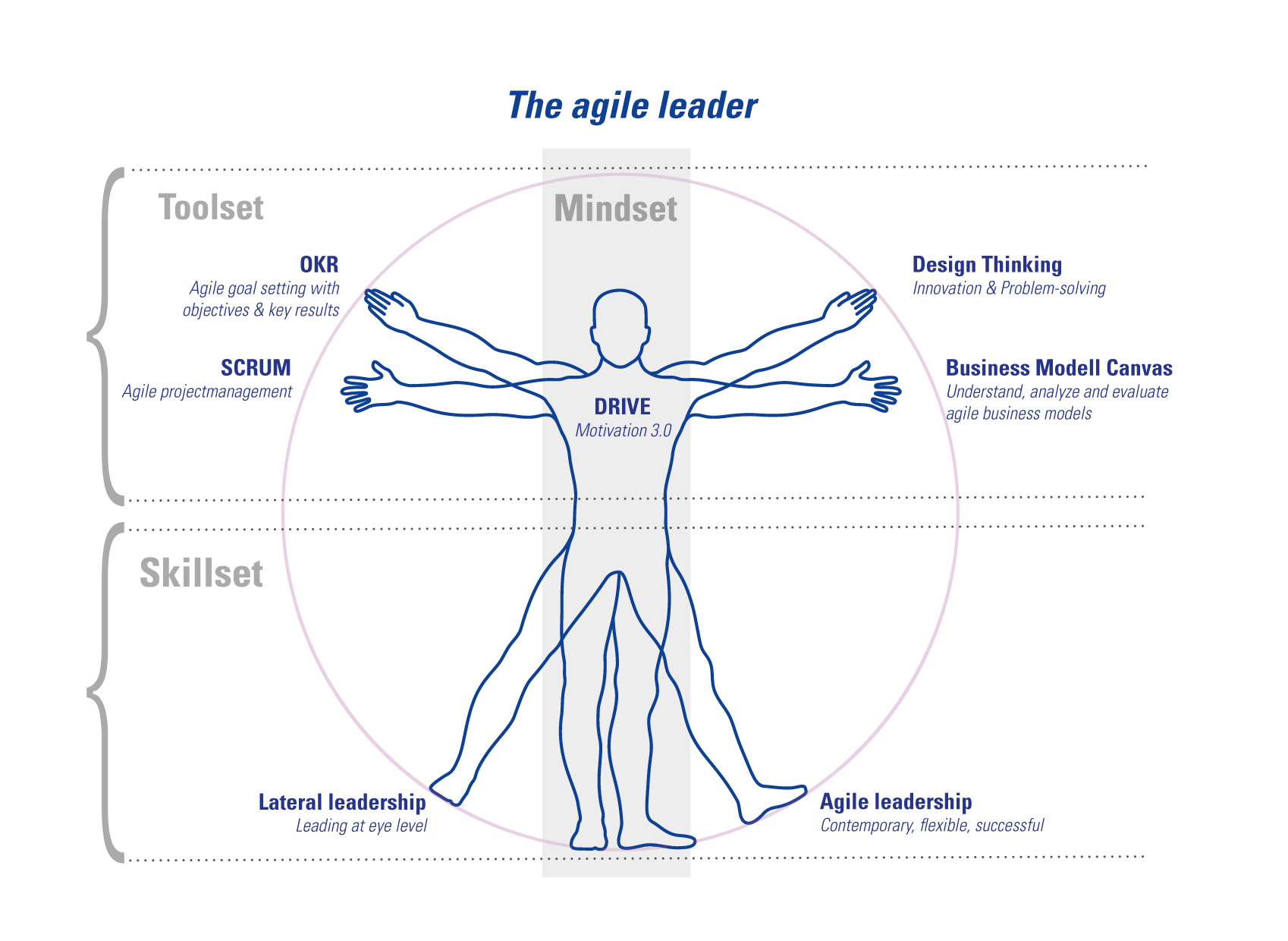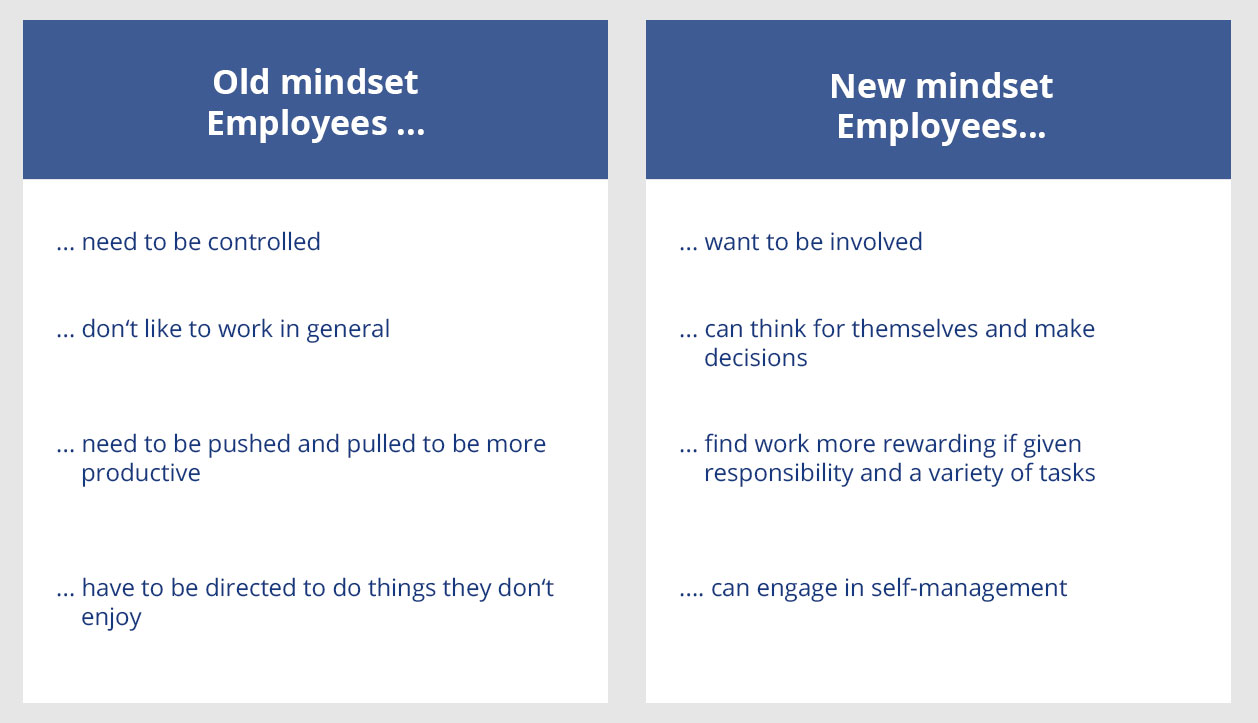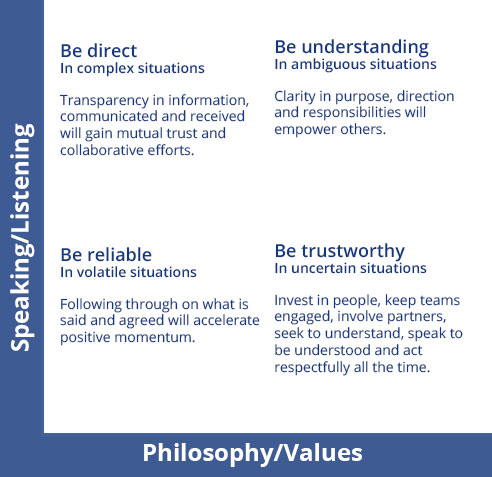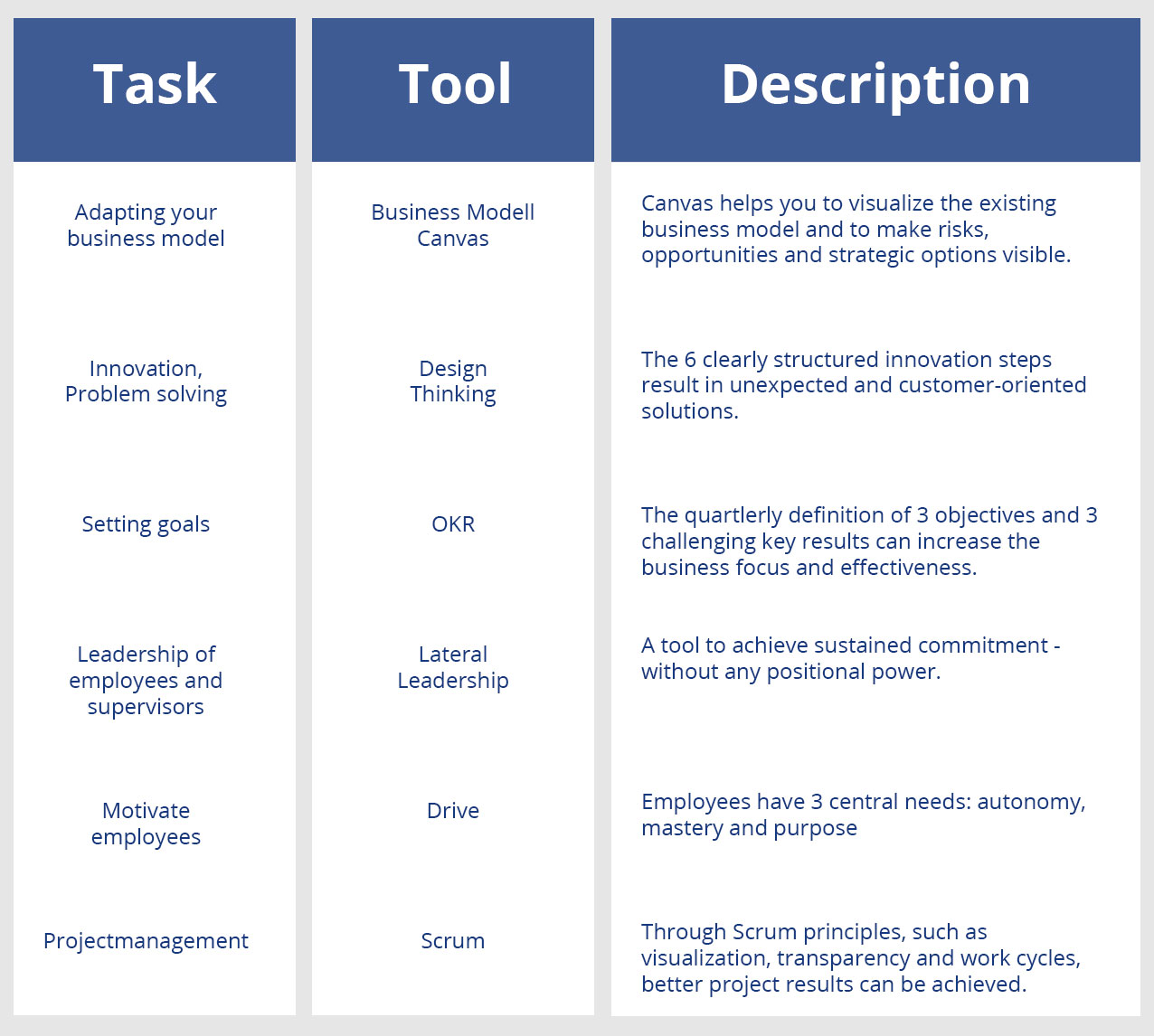![How to successfully use the cynefin framework [Quick-Info]](https://www.mdi-training.com/blog/wp-content/uploads/2018/09/Cynefin-Framework-header-1080x300.png)
How to successfully use the cynefin framework [Quick-Info]
The framework – its origin and background
The main idea of the cynefin framework was developed by the Welsh management consultant Dave Snowden, who has worked for IBM for many years. The knowledge management system is supporting us in identifying and understanding different situations based on their complexity. In this way, suitable ways of acting can be derived. The framework detects in which situation agile management tools should be used and when it is better to refer to classic management methods. Not every problem requires agile solutions and methods. Therefore the Cynefin framework should always be applied BEFORE deciding which management method to use.
The four domains of the framework and their fields of application
All in all, the framework can be divided into 4 different fields:
- Simple: in this field, the relationship between cause and effect is clear and obvious for everybody. Simply said: “if you do this, you can expect this response”.
- Complicated: there is a clear relationship between cause and effect, but an analysis and/or expert knowledge is required.
- Complex: the relationship between cause and effect can only be identified afterwards, which is why it is not possible to make predictions about the future but only about the past.
- Chaotic: there is no relationship between cause and effect.
With this framework, situations can now be divided into this four different domains. This gives me a clear and situation-specific instruction on what to do. The framework helps you to quickly analyze situations and to find the right management style. It makes a huge difference, for instance, if I am in a complicated or complex business environment.
In the complicated environment (classic management methods), an analysis should be carried out, whereas – in the complex environment – agile methods should be used. This helps companies not only to find the right management tool in a quick and efficient way but also explains why problem X, for instance, should be solved with agile methods, whereas problem Y shouldn’t.
Click here to find out more about the cynefin framework

About the author
Ursula Weixlbaumer-Norz is always looking for new solutions for leadership challenges of our time. She is working as a trainer and coach for many years already and is specialized in team development, negotiation techniques, conflict and crisis management, intercultural competences, communication, motivation, change management and management strategies.
Since when are you working with the cynefin framework?
Ursula: About 1 1/2 years ago I came across the cynefin framework and immediately liked the idea of the framework really much. This year I was attending a further education in London on this topic.
What are your experiences with the framework?
Ursula: Nowadays, you get the impression that agile methods are everywhere. During my coachings and trainings, I often deal with leaders who do not know where and how to use all those new agile methods. This is exactly where the cynefin framework can support them, which makes the decision which problem-solving method to us, much easier.
What serves you next?
Development approaches: how to lead a business through the digital transformation
Modern technologies have changed our world and working conditions. For many leaders, the digitalization has become their number one leadership challenge. What do you need to successfully lead your business through this digital transformation? One thing for sure: a new leadership approach is needed. One possible approach is agile leadership. We summarized what tool-, skill- and mindset you need as an agile leader.
Video: Agile leadership - orientation and basics
Scrum, Design Thinking, Kanban, Lego® Serious Play® & more. There are so many different agile leadership methods, that it can be difficult to keep on track. Nevertheless, it seems that everybody is talking about agile leadership. But what exactly does this mean? And how do I know if the implementation of agile methods in my company is really necessary and useful? Alexandra Sock is a trainer at MDI and an expert when it comes to agile leadership. We asked her to give us a quick overview of this topic.
Scrum & Agile leadership
Scrum is probably one of the most known and oldest agile leadership methods. It was already implemented in the 1980s whereas other agile methods are pretty new. We talked to Susanne Spath, who is a trainer at MDI and Scrum Master, about the agile method, its background and asked for some tipps and practical examples how to successfully implement Scrum in your own company.











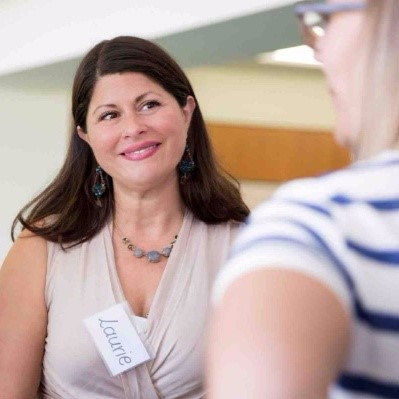










![How to lead a business through the digital transformation [Development approaches]](https://www.mdi-training.com/blog/wp-content/uploads/2018/01/Führung-in-der-digitalen-Transformation-1080x300.png)
